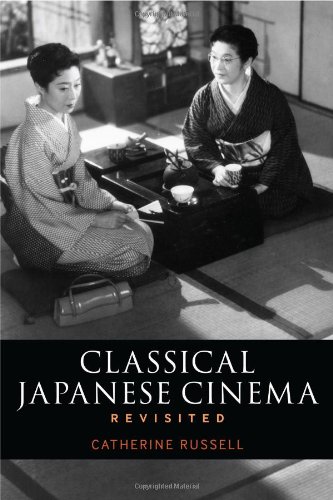

Most ebook files are in PDF format, so you can easily read them using various software such as Foxit Reader or directly on the Google Chrome browser.
Some ebook files are released by publishers in other formats such as .awz, .mobi, .epub, .fb2, etc. You may need to install specific software to read these formats on mobile/PC, such as Calibre.
Please read the tutorial at this link: https://ebookbell.com/faq
We offer FREE conversion to the popular formats you request; however, this may take some time. Therefore, right after payment, please email us, and we will try to provide the service as quickly as possible.
For some exceptional file formats or broken links (if any), please refrain from opening any disputes. Instead, email us first, and we will try to assist within a maximum of 6 hours.
EbookBell Team

4.3
68 reviewsCatherine Russell's highly accessible book approaches Japanese cinema as an industry closely modeled on Hollywood, focusing on the classical period - those years in which the studio system dominated all film production in Japan, from roughly 1930 to 1960.
Respectful & thoroughly informed about the aesthetics & critical values of the Japanese canon, Russell is also critical of some of its ideological tendencies, & her analyses provide new insights on class & gender dynamics. Russell locates Japanese cinema within a global system of reception, & she highlights the importance of the industrial production context of these films.
Including studies of landmark films by Ozu, Kurosawa & other directors, this book provides a perfect introduction to a crucial & often misunderstood area of Japanese cultural output. With a critical approach that highlights the "everydayness" of Japanese studio-era cinema, Catherine Russell demystifies the canon of great Japanese cinema, treating it with fewer auteurist & Orientalist assumptions than many other scholars & critics.
>